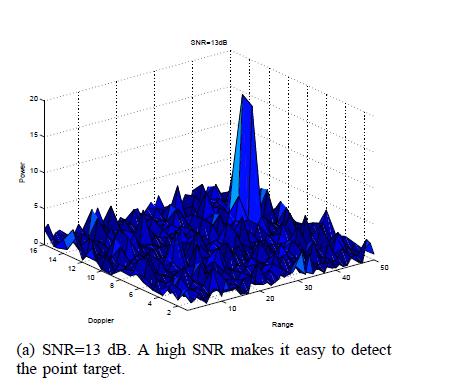@
UKBengali
Just something on active cancellation technology, an early form of which is already present
on Rafale's SPECTRA suite; the following narrative is from a French technical specialist who
had previously worked on complex military systems in the past -
Carbone is a demonstrator of an escort-jamming system where dedicated platforms and crews is replaced by a combination of integrated systems featuring a solid-state phased-array jammer, with very high transmitted power and real-time steering of multi-beam . This is fitted in an automatic pod carried by a multirole fighter for the stand-in/escort jamming mission.
Carbone is significantly more powerful than existing or upgraded offensive-jamming pods. Carbone use DRFM receiver and real-time geolocation algorithms, such as those implemented in Spectra.
Operational trials have demonstrated Carbone's effectiveness, and particularly its capability to jam through scattered lobes (NATO MACE X field trials in August 2000).

I understand that the philosophy of Carbone was to analyse incoming signal with interferometry , locate the emitter, duplicate the signal with DRFM, and send it several time to the emitter. So it's not just noise as in general for offensive jammer.
But remember that Carbone was just a demonstrator, perhaps the objective was just to demonstrate a real time capability to duplicate signal. Because if you are able to do that in real time, no doubt that you will be able to slighty modify the replica to make smarter jam.Finally technologies are the same as SPECTRA : DRFM, localisation, but the power is bigger and the jamming approach is less smart. The corresponding operational system is perhaps SPECTRA.
How does SPECTRA work?
First you need to know perfectly the "signature" of your own aircraft. Due to the complexity of the SPECTRA traitment, Rafale start to simplify its signature: the aircraft is designed so that its untreated radar signature is concentrated in a few strong "spikes," which are then "attenuated" by the selective use of RAM. The collection of these few strong spikes are the "model" of Rafale.
Second it would be nice to cancel the reflected radar signal. The original incoming signal from the radar will be reflected from the spikes. Each spikes will produce an individual reflection with its own, often unique, amplitude and phase. The return signal, picked up by the radar, would look somewhat chaotic, consisting of background noise and "spikes". By removing these "spikes" from the radar screen the aircraft may blend in with the background noise, which is normally ignored by the radar operators.
If you look at where are SPECTRA active antenna, surprisingly they are close to areas that can generate spikes.
To remove these spikes the aircraft, when painted by a radar, transmits a signal which mimics the echo that the radar will receive from the spikes, but one half-wavelength out of phase, so that the radar sees no return from them. The advantage of this technique is that it uses very low power, compared with conventional EW, and provides no clues to the aircraft's presence; the challenge is that it requires very fast processing. This fast processing was demonstrated by Carbone.
Please read it all to get an understand of the oncept of reducing RCS by eliminating "spikes" in signal return,
therefore pushing your aircraft into the clutter-rejection threshold of enemy radars.
You can see how the spike in signal return which was very prominent & "recognizable" at first, is
now lost among the background clutter. No threat detection or target identification is possible when
this is the case.
However, these are still very early forms of active stealth methods. Rafale F4 with next-gen SPECTRA
would probably have full active cancellation tech which can provide RCS levels as low as F-35 if
a distributed-aperture active emitters are used.
I don't know if Russians will pursue active cancellation as earnestly as the French, but they will certainly
go all-out with plasma stealth. The sweet part is that Indian Air Force will have access to both. Active
cancellation tech through Rafale, and plasma stealth tech through PAK-FA/FGFA.
What I have shown above can be easily categorized as ECM, but that's the
foundation of active cancellation and French are very advanced in that field.














